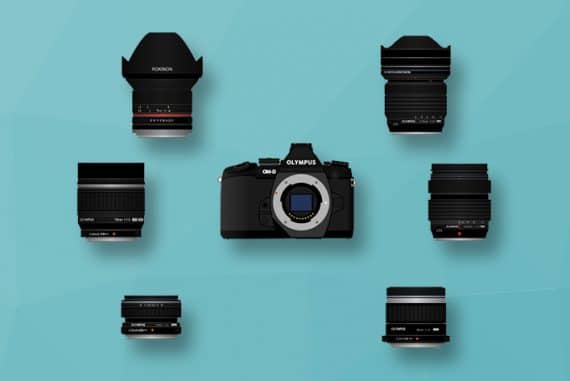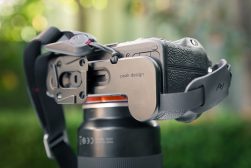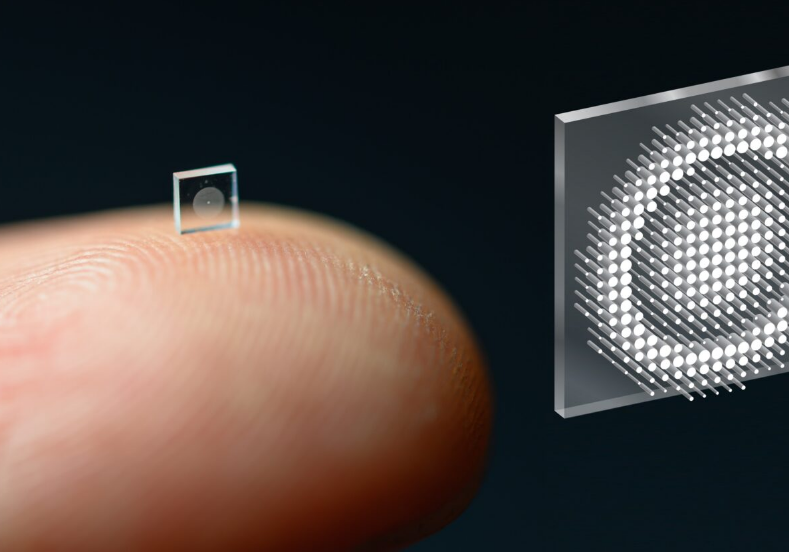
This Camera is the Size of a Salt Grain, and Takes Full-Sized Photos
News | By Stephan Jukic | October 17, 2022
Camera technology has been visibly shrinking at its extremes for years, and especially since the arrival of smartphones in the world, but this new camera pushes even those extremes in uniquely new ways.
Despite being literally the size of a grain of salt (and actually looking quite a bit like one too), a new micro camera developed by researchers at Princeton University can capture photos in sharp resolution and full color that are comparable to those taken by cameras hundreds of thousands of times larger.
The extremely tiny device does this thanks to 1.6 million internal “eyes”, each roughly the size of an HIV-sized virus. These cover part of the camera along what the researchers call its “metasurface”.
Obvious possible applications for this super-micro camera include medical imaging through in-body probes, microscopic exploration, micro-robotics and possibly new ultra-compact consumer cameras.
Up to now, micro cameras have existed for quite some time, but have rarely been exceptionally good. Their image quality has often been weakened by basic limits in the physics of ultra-tiny lenses capturing light effectively enough for clear pictures.
For example, regular cameras normally depend on lens arrays that bend light into focus, and these lenses need to be of a certain size, as does the device surrounding them.
To get around this for truly miniaturized camera technologies, another method has been necessary. This involved “meta-optics”, in which ultra-tiny nanostructures are made to cover a metasurface.
Each of these tiny structures then captures and re-emits photons of light and turns them into a computer signal that can be reconstructed as an image.
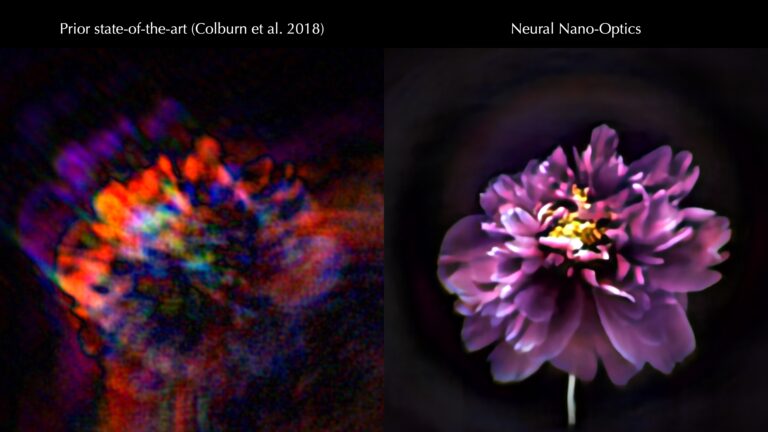
In a way, these structures and their metasurfaces operate like the sensors in normal consumer mirrorless and DSLR cameras, but on a much tinier scale per nanostructure node than for the pixels in an average full-sized camera, and of course without a lens before them.
In the case of this new micro camera, the researchers developed a unique new type of sheet material with sub-wavelength thickness, and onto its 0.5mm-wide surface, they placed 1.6 million of these nanostructures, which they call photosensitive posts.
Each of these posts serves the purpose of an individual photon-capturing/emitting node but is only the size of an HIV virus sample.
The individual nanostructure posts then absorb incoming photons and the underlying metasurface translates the photons coming to all 1.6 million of them into a range of signals that a computer can reconstruct into full images.
The resulting photos measure out to 720 x 720 pixels and are captured in full color between the 400 and 700nm wavelengths of natural light. The images also have a 40-degree field of view and an f-number of 2. In other words, these photos are on par with those captured by a conventional camera lens 500,000 larger than this micro-device.
The key to effective photography in all of the above is that new machine learning algorithms are being used by the researchers to interpret the optical signals to the nanostructure posts so that they truly reconstruct decent visuals. Previous to these newer developments, micro cameras usually fail terribly at that last, crucial part of the job.
The new camera from the Princeton researchers does much better, as the comparison images below demonstrate.
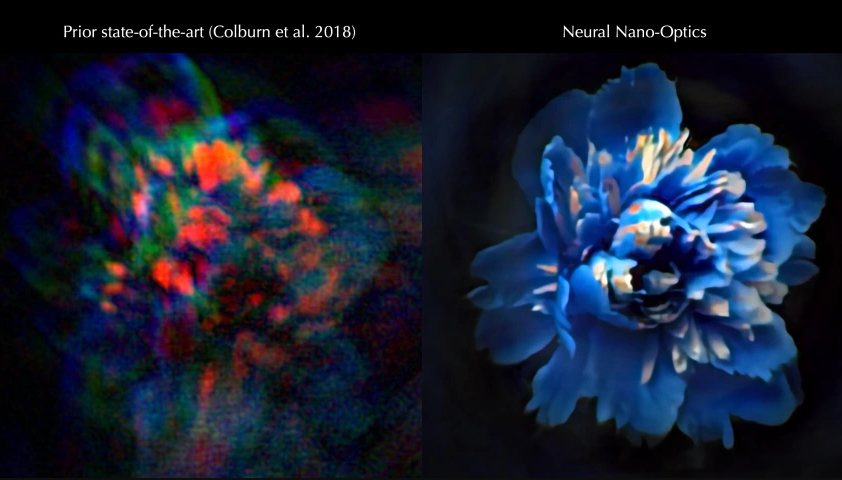
It’s also being improved to capture large field-of-view images. As one of the researchers involved, Ph.D. student Ethan Tsen explains, “it’s challenging because there are millions of these little microstructures, and it’s not clear how to design them in an optimal way,”
The senior author of this research project, Felix Heide, has also claimed that he and his colleagues are now developing improved computational abilities for the camera so that it not only produces better-quality images but also develops object detection.
Potentially, with enough development, the new metasurface optics in this latest microcamera could be applied to nearly any surface to give it photo-recording capacity. That by itself is one terrifying idea.
The full details of how the researchers developed the camera and its microsurfaces has been published in the journal Nature.

Check out these 8 essential tools to help you succeed as a professional photographer.
Includes limited-time discounts.






